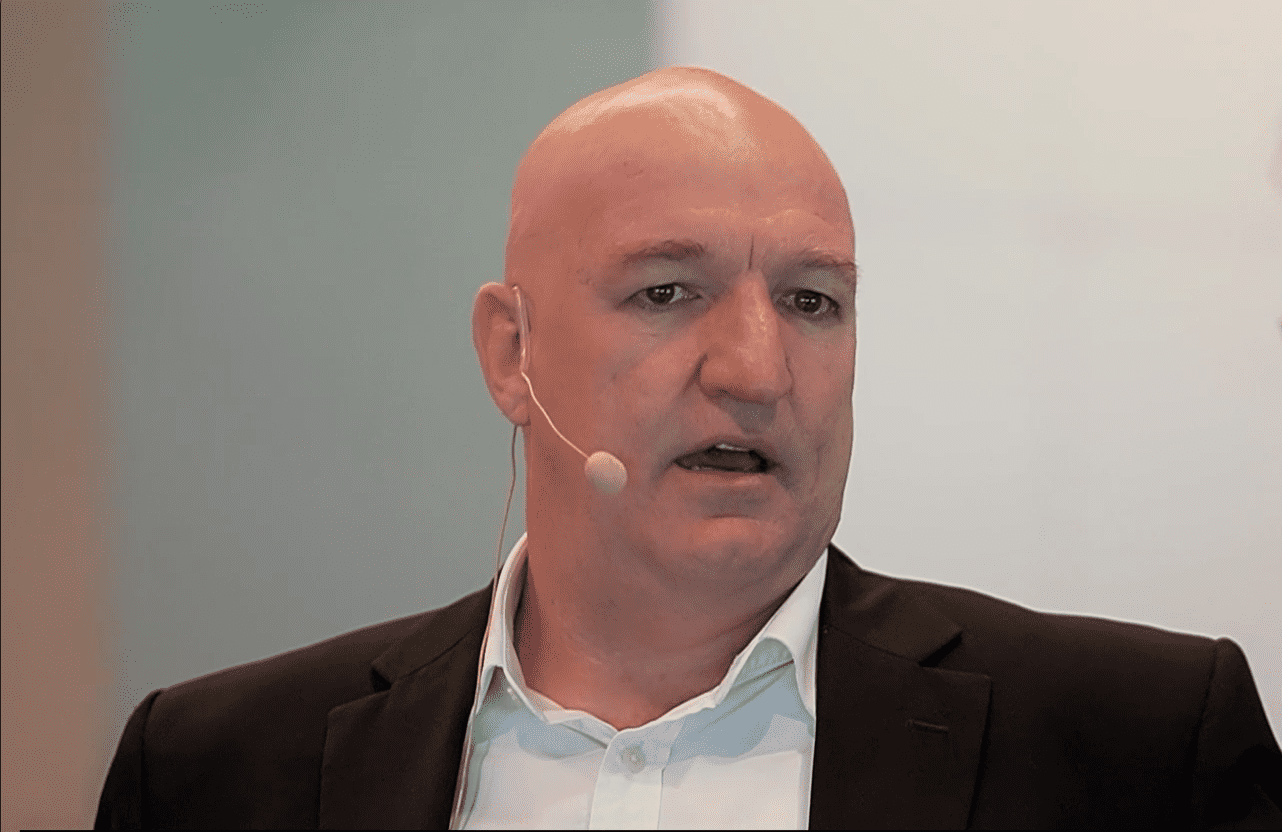Earlier this week I looked at some of the reasons I think the Afterpay Touch Group Ltd (ASX: APT) share price is a buy. Today, I continue to explore why in part two of a three-part series.
No obvious competitive advantage – but building one with time
As I mentioned in my previous article, I held out on investing in Afterpay shares for a long time due to being unable to identify a clear competitive advantage. I was not alone. I read many articles and blog pieces by fund managers and investors pointing out the mass of competitors in the 'buy now, pay later' space such as fellow ASX listed Zip Co Ltd (ASX: Z1P), and other international competitors, 'future pay', 'splitit' and 'dekopay' to name a few.
Eventually, I decided that whether I could articulate Afterpay's moat or not, was unimportant as it had become abundantly clear that Afterpay had been adopted by the most important group of people, their customers. From hearing my friends rave about how cool Afterpay was, to seeing their big signs pop up on every second store in the shopping centre, to the "Afterpay appreciation pages" on Facebook, where an online cult following would discuss their affection for the Afterpay service. The product was resonating with their customers, and all you had to do was look around to see it.
Anecdotal evidence was backed up by the numbers too. In the space of a few years, Afterpay went from an idea by a couple of entrepreneurs to an integral part of the retail landscape in Australia. In the latest market update, on November 28, Afterpay had >20 thousand retailers on board, >2.5 million active customers, and was processing >10% of all Australian online commerce through their platform.
The reason that Afterpay was able to gain such traction in a very competitive space is unclear. Clever marketing, great technology, and an accessible user interface are all potential reasons, but at the end of the day, identifying the reason may not be that important. What is important is, that it has achieved nationwide approval by its customers.
And now, as the company continues to expand its platform, a more obvious and tangible competitive advantage is beginning to appear. This is the same advantage that has served some of the world's most successful technology companies like Google, Facebook, and Amazon so well – a 'network effect' built through 'first-mover advantage'.
The network effect has been studied scrupulously by fund managers and analysts after identifying it as the propelling force behind the extreme growth of so many of the biggest technology companies in the world. It goes something like this (using Afterpay as an example) – Once you have a large contingent of customers on your platform (consumers), retailers need to join the platform in order to access these customers. In turn, the more retailers that adopt the platform the more attractive it becomes for the consumers. This becomes a reinforcing cycle, further embedding the companies competitive advantage.
Does winner take all?
The rapid adoption of Afterpay and similar products confirms that the interest-free 'buy now, pay later' space is one that is here to stay. An alternative to high-interest credit cards has been an area of the market ripe for disruption.
However, disruption does not necessarily correlate to investment returns. This is something the thousands of car manufacturers in the 1900s, or the internet-based companies from the tech-boom that went broke, can attest too.
In the case of Afterpay though, I suggest that disruption will lead to investment returns and will be a case of winner takes all. PayPal is an excellent example of this concept and is a good roadmap for the Afterpay platform. It makes sense when you think of it through the lens of the consumer. Nobody wants to have to use numerous different accounts each time you buy clothes or shoes online. It is a hassle and an unnecessary waste of time. Customers want one payment platform that they have to remember a username and password for, and that they are familiar using. Once a single payment platform has achieved mass market acceptance, then it becomes a liability for retailers to not offer the platform as a payment option. Customers will ask the retailer if they use Afterpay, and if the answer is no, they may be less likely to shop with them. Retailers are basically forced to adopt the Afterpay platform, or risk being left behind and losing customers to their competitors.
Australia conquered – but can they go global?
The rapid growth to 2.5 million active users in Australia has been impressive. However, for the investment thesis in Afterpay to be successful, with the current valuation of the company, it relies on global domination.
Early signs of the US rollout which began in May, have been promising. $115 million of underlying sales were processed through the Afterpay platform YTD (to end of October 2018), 300,000 consumers have transacted with Afterpay, and over 1,300 retailers have signed agreements to use the platform. These include brand names such as Steve Madden, Skechers, Urban Outfitters, and Kylie Jenner's brand, Kylie Cosmetics.
Another pleasing sign is that the recently announced expansion into the UK market was not driven by Afterpay management, but was requested by the company's existing multinational retail customers, who have operations in the UK. This clearly shows the value of Afterpay to the retail customer.
The decision to acquire ClearPay in order to help roll out the Afterpay platform faster into the UK makes sense also. If the 'buy now, pay later' market is a case of winner takes all, then Afterpay should continue to land grab as quickly as possible, expanding their network effect and further widening their moat. If an acquisitive strategy can speed up this process, then it makes sense to do so.
At this stage, it is unclear whether Afterpay will have the same success internationally as they've had in Australia, but the early signs are encouraging, and the strategy by management to invest heavily in growing their market position is the right one.








